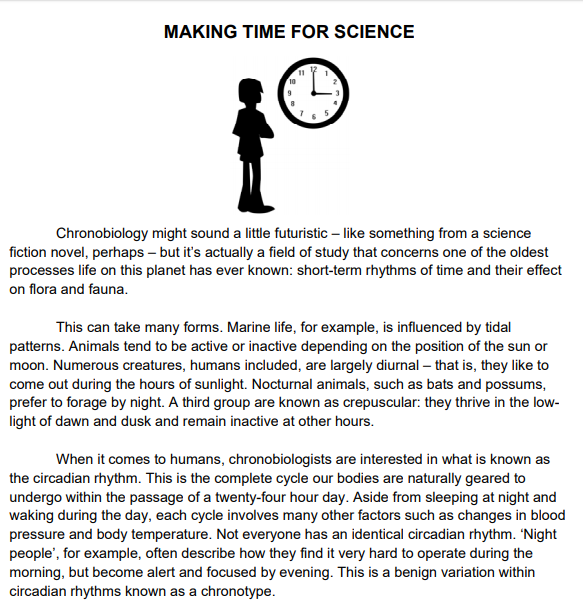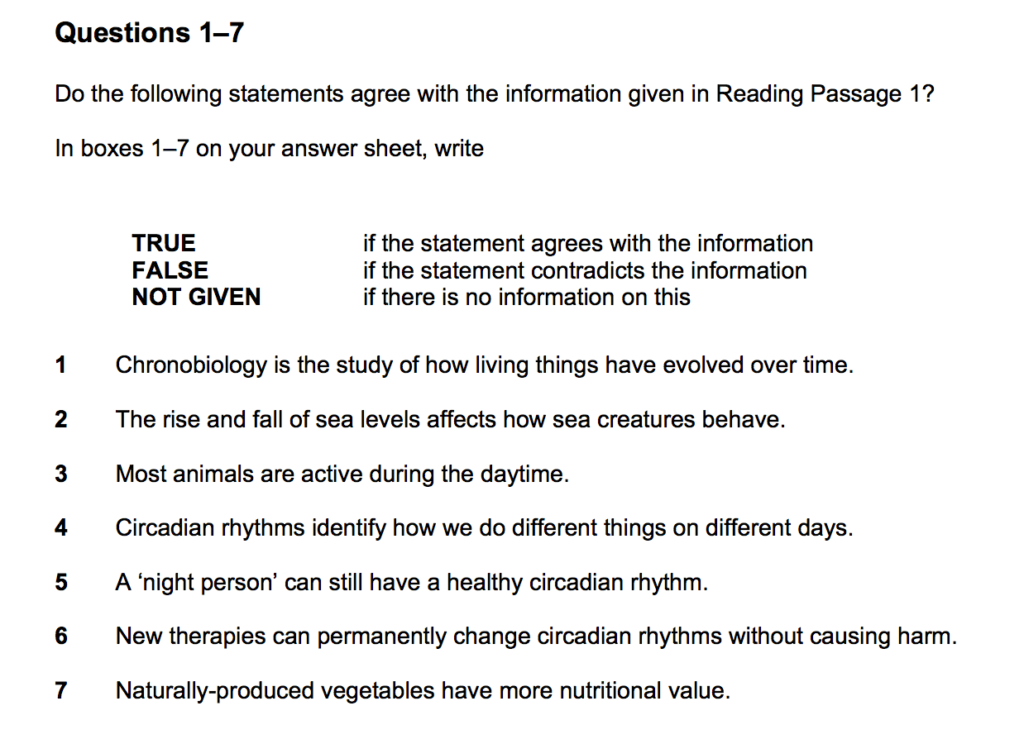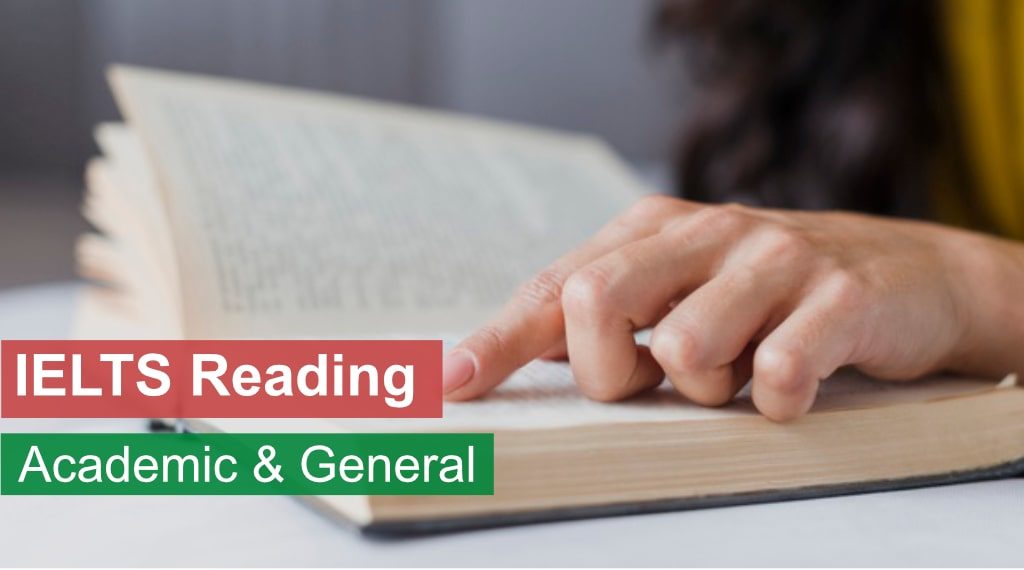Increase Your IELTS Score
Skimming & Scanning for Speed Reading

By Rachel Watson
Increase your IELTS score - Skimming and Scanning for Speed Reading
Extracting information from long passages can take quite a long time. This can be a major obstacle to completing the reading section of English language tests. Therefore, to extract answers quickly from a passage, you have to be good at speed reading. You can improve your reading speed by mastering skimming and scanning techniques. Skimming and scanning will surely help you to get higher IELTS score.
What are Skimming and Scanning?
Skimming is the skill you use to get the general idea as well as the main focus of the essay or the paragraph. When you skim through a passage, you only read the essay’s title, the topic sentence, concluding sentences and keywords. You read quickly through the text instead of reading the entire essay word by word.
While Scanning a paragraph, you read the texts quickly. You do so to look for particular information, details, or specific words. Unlike skimming used to identify the main idea, scanning is only used to search for small details. Also, when a task requires scanning, often you need to pay more attention to word use.

Skimming and Scanning to increase the IELTS score
Another reason for you to practice your skimming and scanning skills is to increase your IELTS Reading score. As you may know, one important part of the IELTS test is the reading section. In this part, you will find a lot of questions demanding your skimming and scanning in IELTS skills, such as
- Short answer questions: You have to understand the question being asked. After that, you skim through the paragraphs to understand the overall meaning. Then, you scan to find the specific answer. Finally, you paraphrase them to answer in no more than 3 words.
- Completion questions: It can be sentence completion, summary completion or fill in diagrams. Regardless, this kind of question requires you to understand the general idea of the essay. Once you do, you scan for the correct answers to fill in. Sometimes you also need to paraphrase such answers.
- Yes/No/Not Given or True/False/Not Given: You scan through the paragraphs to find the specific information asked in the questions, etc.
Notice why most of the questions require both skimming and scanning? That is because these two skills mostly go hand in hand. Using only one of them may not level up your speed reading ability. If you use both of them, though, you will notice a change. You should practice skimming and scanning flexibly in reading to increase reading speed. Or in this case, practice improving your IELTS reading skills. When taking a language test, the time is limited and reading the entire essay can drag out your process. That can prevent you from getting your desired score. Not only in language tests, researching often takes place under a deadline. Within a short amount of time, your reading skills also need to be improved. If you are able to master both skimming and scanning skills, you will find your reading process more efficient.
How can one practice skimming and scanning in daily reading?
Because these two skills are different, so are the strategies to get better at them.
Practice skimming
Skimming is used to determine the main idea, so you should do as follows:
- At first, it is important to pay attention to the title and the first paragraph. It can give you a general understanding of the topic.
- Then, you read quickly through topic sentences and concluding sentences of each paragraph. Doing so can make the supporting arguments clearer. Not only that, it can also help you see the relationship of said arguments. That can be seen through conjunctions and/or implications.
- The concluding sentences can sometimes indicate the attitude of the author, which may be asked in the IELTS exams, or any other language test.
Practice scanning
Scanning is actually something you do quite frequently, so mastering this skill may be easier than you think. Scanning helps you find specific information, so
The first thing to do is to understand clearly what you need to find:
Is it an example of one particular argument, or is it a figure? Identify which part of the paragraph the information in questions belongs to. This is why skimming and scanning should be used at the same time. After that, scan through the paragraph.
Once you have found that information, you need to read one or two sentences regarding that. Doing so would help you get more details related to the information.
Remember, you are scanning the essay, so you should not delve into main ideas when you are practicing this skill. Instead, pay attention to the expression, as these questions can be quite deceiving. If you do not pay attention, you may get the wrong answer.
When you first practice scanning, you do not need to scan a paragraph at a fast pace. Just follow the steps, and do it slowly.
You may be used to reading every word and may find it awkward leaving some words out. When you apply these skills, you should learn to forget your old reading habits. Don’t be afraid to try to overlook some words when you are skimming or scanning. It is okay to skip some parts of the paragraph according to your reading purposes.

How can I apply these skills to IELTS Reading section?
Regular IELTS practicing
When it comes to practicing IELTS, however, you should pay more attention to the questions first. That means you need to approach IELTS Reading tasks in a different way.
- Remember to time yourself while practicing. Usually, you have about 20 minutes to finish ONE reading task. At home, you have a lot more time. So when you practice, maybe you can push yourself just a little by setting the time limit shorter.
- At first, you read the title and skim through the first paragraph. Doing so can help you understand the overall idea.
- Then, instead of skimming through the entire paragraph, you jump right into the question. Scan the questions, identify the keywords AND what is asked to do. Highlighting the keywords and question words can help you remember them more easily.
- When you have understood the question clearly, you should come back to the paragraphs at once. Skim the essay for the part where the keywords in that question are mentioned. Then you either skim or scan that part to get the correct answer.
- Most of the questions are arranged in the order of the content flow of the essay. Therefore, when you are sure of the first answers, don’t worry about where you can find your next answer. As you move on to the next questions, you should skim and scan vertically further down the essay. The right answer follows the order of the text after all.
One important note, when you find test examples to work on at home, do not practice with a computer. Rather, you should probably print them out. It is not easy to practice reading with a computer screen at first.
An example of applying skimming and scanning skill in IELTS Reading


This kind of question asks you to read these statements carefully. You will have to use your skimming and scanning skills to read the reading passage. Then, you decide if those statements are true, false, or not given.
- If you can find a matching statement in the reading essay, it is TRUE
- If what you read in the essay dispute the statement in any way, it is FALSE
- If you cannot find the given statement in the essay, it is NOT GIVEN
To finish this task, you need to follow a strategy:
First, start from the beginning
Read the first statement slowly, and remember the keywords. This statement is a question. A question you have to find the answer to in the essay. Because these statements follow the order of the text, you should begin with the first part of the essay.
For example, in the first question, they are “chronobiology”, “living things”, and “evolved”.
Second, use your skimming and scanning skill to look for the information in the essay
Scan the question and the keywords. Then, you go back to the essay and skim the beginning paragraphs to find the sentence that contains this word.
In this case, chronobiology is an important one. You then go back to the reading passage and scan for this word. You will find this text at the beginning: “Chronobiology might sound a little futuristic – like something from a science fiction novel, perhaps – but it’s actually a field of study that concerns one of the oldest processes life on this planet has ever known: short-term rhythms of time and their effect on flora and fauna.”
Third, read the text carefully to make sure you get the right answer.
Keep in mind that the question may use synonyms instead of quoting the texts word by word. That means you have to have a large lexicon.
Sometimes the facts lie in the little words. You have to read the text to find words that make the sentence restrictive in some way. Those can be words like “just”, “only”, “always”, “every now and then”, “all”, “some”,…
If you spend a little bit too long to make a decision, then the statement in question may be NOT GIVEN.
Let’s come back to the first question of the example.
Now that you have found the text and the meaning, so the answer isn’t NOT GIVEN. With some basic biology knowledge, you’ll know “flora and fauna” means “plants and animals”. That can be paraphrased to “living things”. Then, notice the phrase “have evolved over time”. The phrase “Over time” indicates a long period of time. However, the original texts states “…short-term rhythms of time…”. These two statements contradict each other. That’s why you’ll know the answer is FALSE.
